1. Casin KM, Calvert JW. Dynamic regulation of cysteine oxidation and phosphorylation in myocardial ischemia-reperfusion injury. Cells. 2021; 10:2388. PMID:
34572037.
2. Toldo S, Mauro AG, Cutter Z, Abbate A. Inflammasome, pyroptosis, and cytokines in myocardial ischemia-reperfusion injury. Am J Physiol Heart Circ Physiol. 2018; 315:H1553–H1568. PMID:
30168729.
3. Bergsbaken T, Fink SL, Cookson BT. Pyroptosis: host cell death and inflammation. Nat Rev Microbiol. 2009; 7:99–109. PMID:
19148178.
4. Fang Y, Tian S, Pan Y, et al. Pyroptosis: a new frontier in cancer. Biomed Pharmacother. 2020; 121:109595. PMID:
31710896.
5. Zhang J, Huang L, Shi X, et al. Metformin protects against myocardial ischemia-reperfusion injury and cell pyroptosis via AMPK/NLRP3 inflammasome pathway. Aging (Albany NY). 2020; 12:24270–24287. PMID:
33232283.
6. Ye B, Chen X, Dai S, et al. Emodin alleviates myocardial ischemia/reperfusion injury by inhibiting gasdermin D-mediated pyroptosis in cardiomyocytes. Drug Des Devel Ther. 2019; 13:975–990.
7. Joshi M, Rajender S. Long non-coding RNAs (lncRNAs) in spermatogenesis and male infertility. Reprod Biol Endocrinol. 2020; 18:103. PMID:
33126901.
8. Sun Q, Li J, Li F, et al. LncRNA LOXL1-AS1 facilitates the tumorigenesis and stemness of gastric carcinoma via regulation of miR-708-5p/USF1 pathway. Cell Prolif. 2019; 52:e12687. PMID:
31468594.
9. Song B, Dang H, Dong R. Differential expression of LOXL1-AS1 in coronary heart disease and its regulatory mechanism in ox-LDL-induced human coronary artery endothelial cell pyroptosis. Cardiovasc Drugs Ther. 2023; 37:75–87. PMID:
34633594.
10. Bushati N, Cohen SM. MicroRNA functions. Annu Rev Cell Dev Biol. 2007; 23:175–205. PMID:
17506695.
11. Ding S, Liu D, Wang L, Wang G, Zhu Y. Inhibiting microRNA-29a protects myocardial ischemia-reperfusion injury by targeting sirt1 and suppressing oxidative stress and NLRP3-mediated pyroptosis pathway. J Pharmacol Exp Ther. 2020; 372:128–135. PMID:
31481517.
12. Zhou Y, Li KS, Liu L, Li SL. MicroRNA-132 promotes oxidative stress-induced pyroptosis by targeting sirtuin 1 in myocardial ischaemia-reperfusion injury. Int J Mol Med. 2020; 45:1942–1950. PMID:
32236570.
13. Wang C, Yang W, Liang X, et al. MicroRNA-761 modulates foam cell formation and inflammation through autophagy in the progression of atherosclerosis. Mol Cell Biochem. 2020; 474:135–146. PMID:
32772311.
14. Xiang X, Zheng L, Li X. Silencing of long noncoding RNA zinc finger antisense 1 protects against hypoxia/reoxygenation-induced injury in HL-1 cells through targeting the miR-761/cell death inducing p53 target 1 axis. J Cardiovasc Pharmacol. 2020; 76:564–573. PMID:
32833901.
15. Long B, Wang K, Li N, et al. MiR-761 regulates the mitochondrial network by targeting mitochondrial fission factor. Free Radic Biol Med. 2013; 65:371–379. PMID:
23867156.
16. Frank A, Bonney M, Bonney S, Weitzel L, Koeppen M, Eckle T. Myocardial ischemia reperfusion injury: from basic science to clinical bedside. Semin Cardiothorac Vasc Anesth. 2012; 16:123–132. PMID:
22368166.
17. Bian Y, Li X, Pang P, et al. Kanglexin, a novel anthraquinone compound, protects against myocardial ischemic injury in mice by suppressing NLRP3 and pyroptosis. Acta Pharmacol Sin. 2020; 41:319–326. PMID:
31645662.
18. Liang YP, Liu Q, Xu GH, et al. The lncRNA ROR/miR-124-3p/TRAF6 axis regulated the ischaemia reperfusion injury-induced inflammatory response in human cardiac myocytes. J Bioenerg Biomembr. 2019; 51:381–392. PMID:
31768721.
19. Tan JK, Ma XF, Wang GN, Jiang CR, Gong HQ, Liu H. LncRNA MIAT knockdown alleviates oxygen-glucose deprivation-induced cardiomyocyte injury by regulating JAK2/STAT3 pathway via miR-181a-5p. J Cardiol. 2021; 78:586–597. PMID:
34489160.
20. Sun J, Zhu YM, Liu Q, et al. LncRNA ROR modulates myocardial ischemia-reperfusion injury mediated by the miR-185-5p/CDK6 axis. Lab Invest. 2022; 102:505–514. PMID:
35066566.
21. Xie Q, Li F, Shen K, Luo C, Song G. LOXL1-AS1/miR-515-5p/STAT3 positive feedback loop facilitates cell proliferation and migration in atherosclerosis. J Cardiovasc Pharmacol. 2020; 76:151–158. PMID:
32453072.
22. Li S, Sun Y, Song M, et al. NLRP3/caspase-1/GSDMD-mediated pyroptosis exerts a crucial role in astrocyte pathological injury in mouse model of depression. JCI Insight. 2021; 6:e146852. PMID:
34877938.
23. Shi J, Zhao Y, Wang K, et al. Cleavage of GSDMD by inflammatory caspases determines pyroptotic cell death. Nature. 2015; 526:660–665. PMID:
26375003.
24. Wang Y, Liu Y, Fei A, Yu Z. LncRNA XIST facilitates hypoxia-induced myocardial cell injury through targeting miR-191-5p/TRAF3 axis. Mol Cell Biochem. 2022; 477:1697–1707. PMID:
35257270.
25. Mo L, Jiang HB, Tian GR, Lu GJ. The proliferation and migration of atherosclerosis-related HVSMCs were inhibited by downregulation of lncRNA XIST via regulation of the miR-761/BMP9 axis. Kaohsiung J Med Sci. 2022; 38:18–29. PMID:
34595819.
26. Ruan H, Li J, Ren S, et al. Inducible and cardiac specific PTEN inactivation protects ischemia/reperfusion injury. J Mol Cell Cardiol. 2009; 46:193–200. PMID:
19038262.
27. Li G, Yang J, Yang C, et al. PTENα regulates mitophagy and maintains mitochondrial quality control. Autophagy. 2018; 14:1742–1760. PMID:
29969932.
28. Cui Q, Wang J, Liu X, Wang X, Su G. Knockout of PTEN improves cardiac function and inhibits NLRP3-mediated cardiomyocyte pyroptosis in rats with myocardial ischemia-reperfusion. Xibao Yu Fenzi Mianyixue Zazhi. 2020; 36:205–211. PMID:
32389167.
29. Dai ZH, Jiang ZM, Tu H, et al. MiR-129 attenuates myocardial ischemia reperfusion injury by regulating the expression of PTEN in rats. BioMed Res Int. 2021; 2021:5535788. PMID:
34435045.


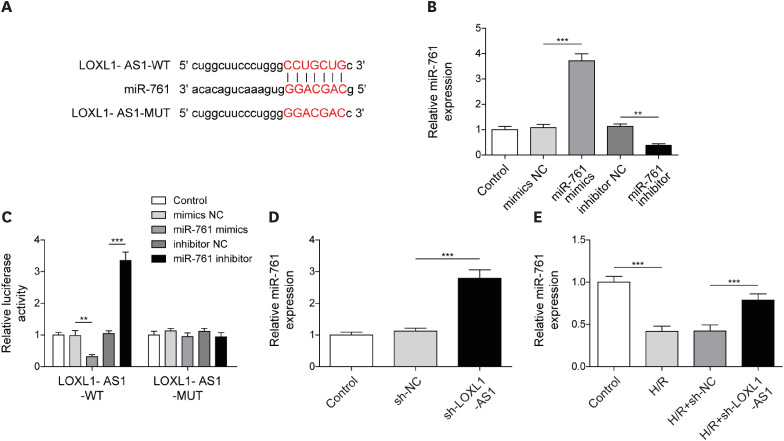
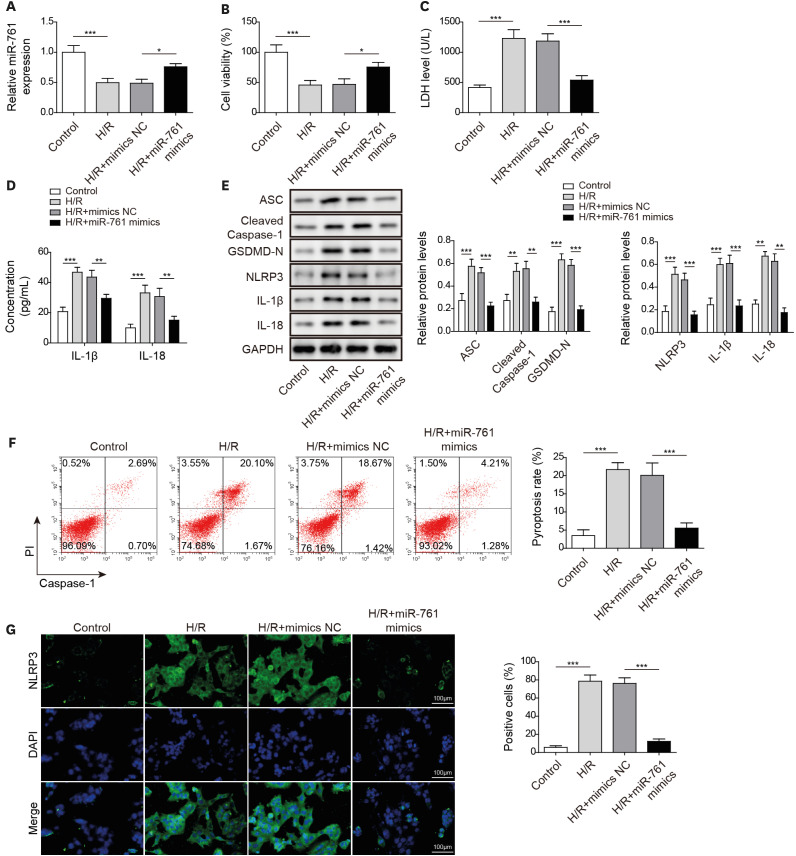
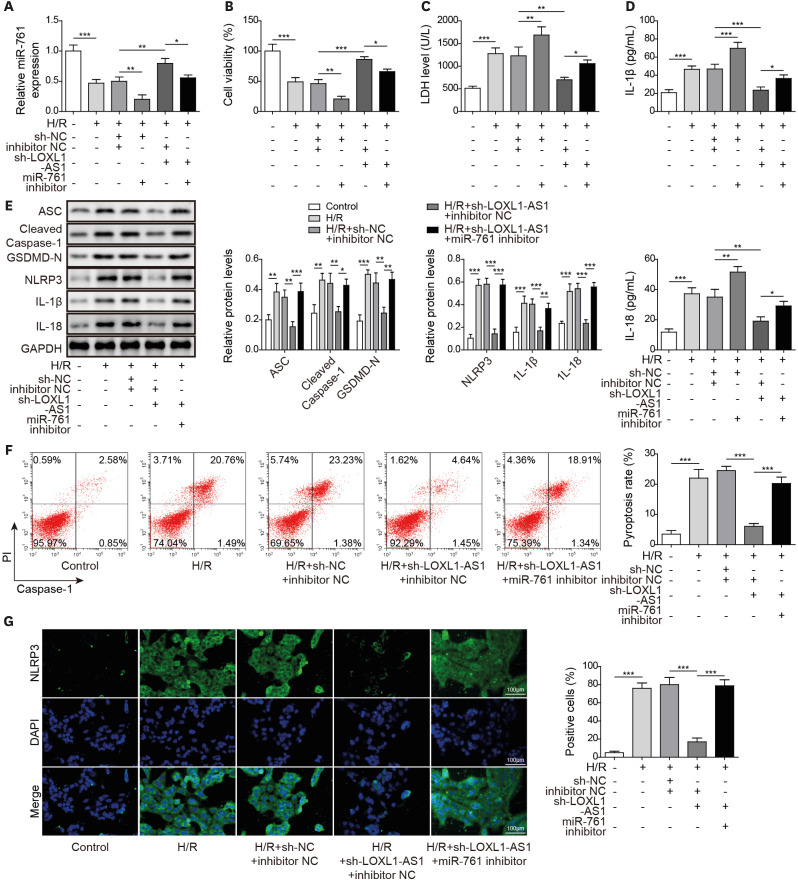
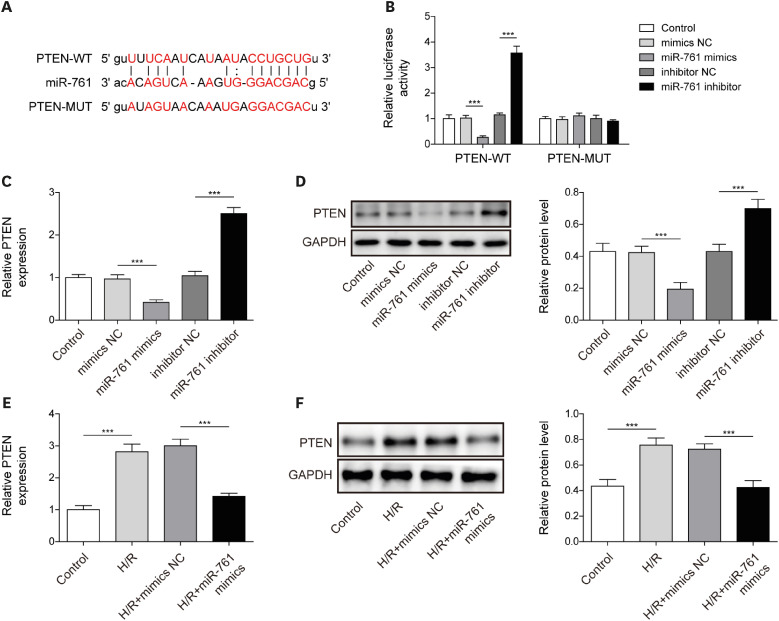
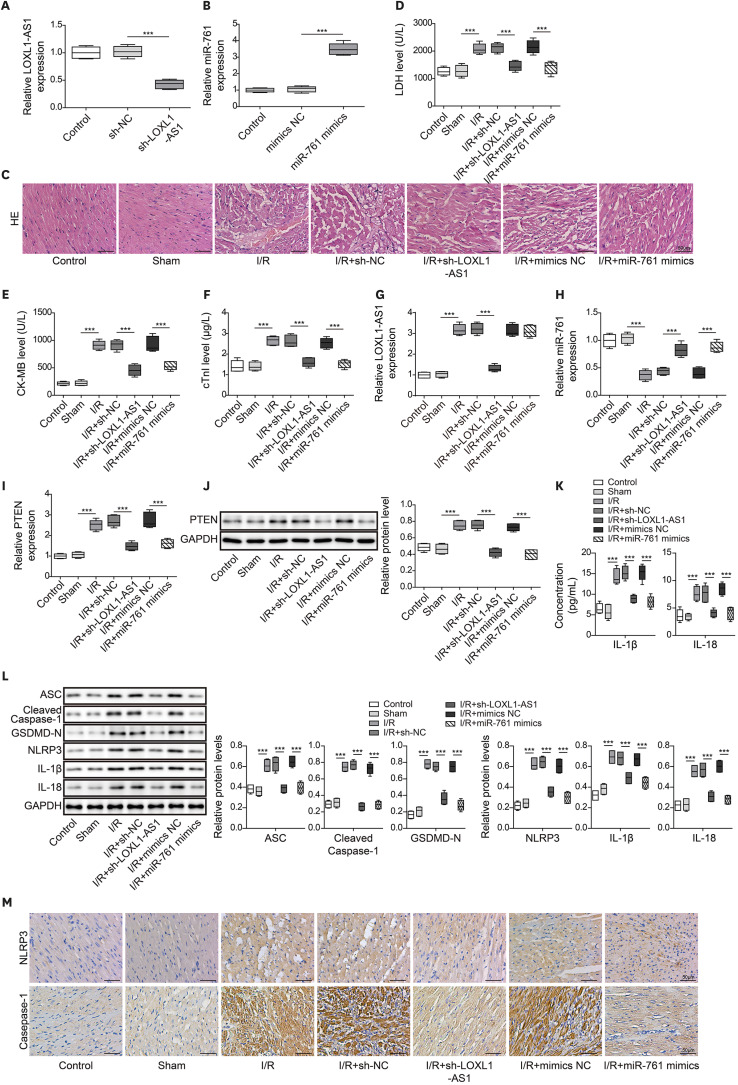




 PDF
PDF Citation
Citation Print
Print




 XML Download
XML Download